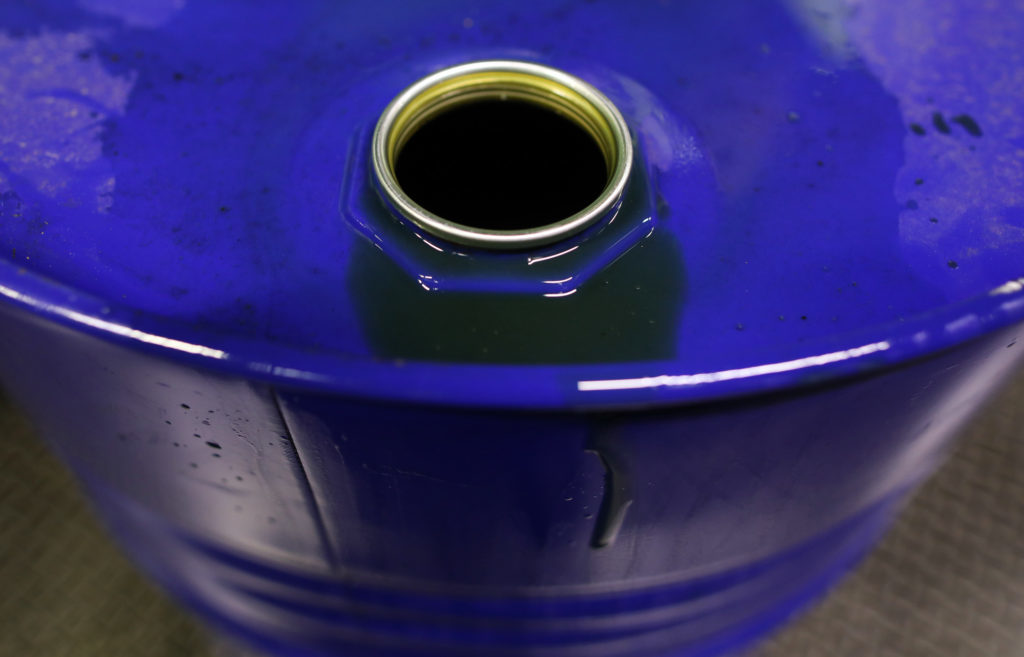
Oil held gains above $60 a barrel on optimism that cooling trade tensions between the U.S. and China will spur demand and as analysts forecast a decline in American crude inventories.
Futures in New York were steady after rising 2.5% over the previous three sessions. A limited trade agreement, to be signed and released early next month, will see some tariffs reduced and prevent an escalation in the conflict between the world’s two largest economies. U.S. stockpiles are projected to have declined by 1.75 million barrels last week, a Bloomberg survey showed.
While it left most of the tariffs built up over the trade war in place, the partial deal has relieved investors worried about further escalation and driven gains across the commodity complex. It follows deeper-than-expected output cuts from OPEC+ earlier in the month — which Citigroup Inc. said will help keep a floor under prices — setting crude up for a strong end to the year.
Oil is near the top of its two-month range after Friday’s trade announcement created a more bullish global growth environment, said Jeffrey Halley, a senior market analyst at Oanda in Singapore. Crude will likely “grind higher” into year-end due to the backwardation of the futures curve, he said.
West Texas Intermediate for January delivery declined 5 cents to $60.16 a barrel on the New York Mercantile Exchange as of 11:34 a.m. in Singapore. It rose 0.2% on Monday and is up around 9% so far in December.
Brent for February settlement fell 4 cents to $65.30 on the London-based ICE Futures Europe Exchange after climbing 0.2% on Monday. The global benchmark crude traded at a $5.22 a barrel premium to WTI for the same month.
If the Bloomberg survey is confirmed by Energy Information Administration data due Wednesday, it would be only the third weekly decline in inventories this quarter and would help to reduce concern over ample supply. However, the EIA said Monday that it expected American shale production to rise by 30,000 barrels a day to around 9.14 million in January.